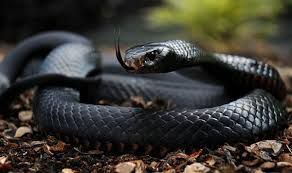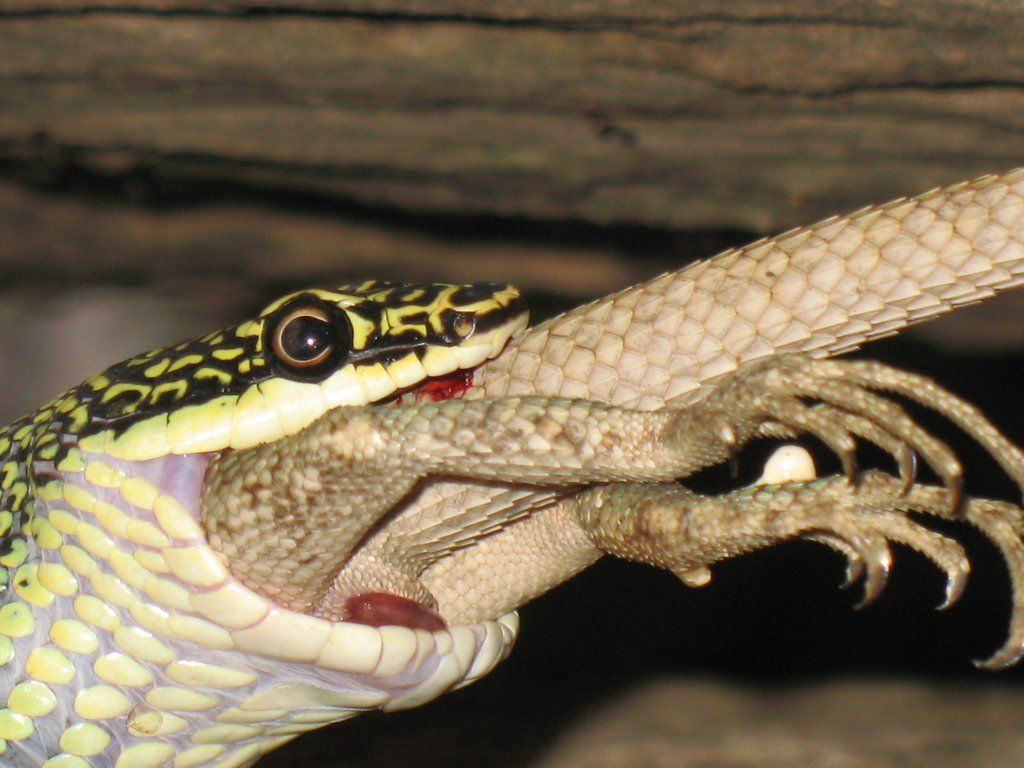Dragons - myth or reality
I have always loved fairy tales and adventures. My mother used to read them to me, later I learned to read on my own. I really liked the descriptions of battles with various fairy-tale monsters, and I always wondered: how real are the events described, where do the plots and characters come from?
Of all the mythical animals, I liked dragons the most. And although they are fierce and dangerous, in my dreams I always wanted to have my own, tame dragon. My favorite book was the book “Dragon Studies”, and I wanted to know - did dragons exist or not? Or maybe they still exist? And although they say that dragons are fictional animals, too many legends, tales and myths have survived to this day.
Mentions of dragons are found among different peoples of the world who lived on different continents. All this can't be just coincidences. Most likely, dragons either existed, or other animals are represented in the image of a dragon.
In order to try to figure it out, let's consider what dragons are. Dragons are mythological creatures, fairy-tale animals. Various descriptions and classifications of them have reached our time. Among different peoples who lived in different conditions, they differ as well as their names. The most common classification of dragons is based on their habitat. In the forests lived the nacker dragon, the marsupial dragon (Australia), in the mountains there lived the European dragon (the most dangerous and most common species is the heraldic dragon with powerful fangs, wings, clawed paws and a tail with a poisonous sting), the Asian moon and the Tibetan dragon. The Texas amphipterus and the lindworm (the body is like a snake, wingless) settled in the prairies and steppes; in the deserts and savannas - wyverns (one of the varieties of the classic dragon, a two-legged winged dragon, with a long pointed tail and leathery wings). In the jungle - Amphipterus Mexicana (a winged but legless snake) and in the polar regions - ice dragons. There were also water dragons that preferred to settle near the water (the Givrs species preferred to settle in wells).
Although dragons lived in different environments, they all have a number of similar characteristics. First, dragons have long, strong tails, which they can use as weapons when hunting. Secondly, almost all dragons have a series of bony, spiked plates on their backs - a crest. Dragons have five-fingered paws with sharp claws. Also, the entire body of the dragon is covered with scales, and the teeth are large and sharp, the muzzle is elongated, in many it resembles a snake. In addition, many dragon experts agree that dragons, especially European ones, are not too large, that is, their sizes do not exceed 2-3 meters.
In addition to external similarities, it is known that dragons are predators. Their character is not very friendly, they are fierce and dangerous. Even if a dragon has lived among people since childhood, it can attack any of them. It is also known that the blood and saliva of a dragon are poisonous; from a dragon bite, non-healing wounds appear and a person dies.
Having put all the signs together and assuming that dragons are fictional animals, we can ask a fair question - where did such detailed descriptions of their appearance and habits come from? The answer to this question may be the assumption that animals very similar to dragons existed and still exist. These must be animals of a rather frightening appearance, dangerous predators.
Let's try to find modern animals with similar characteristics. Many scientists believe that the prototype of legends and myths about dragons are animals called reptiles.
Reptiles or reptiles have been around for millions of years. They are divided into 4 squads:
- Turtles.
- Crocodiles.
- Beakheads.
- Scaly.
In connection with descriptions of dragons, we are most interested in animals from the order of squamates from the group of monitor lizards. Their most striking representative is the Komodo dragon, up to 3 meters long. Its habitat is Komodo Island in Eastern Indonesia.
Young monitor lizards are brightly and beautifully colored. Grayish-chestnut stripes fading to greenish-yellow and carrot-orange on the back. With age, monitor lizards lose the brightness of their color, becoming dark brown with small dirty yellow specks.
Like mythological dragons, the skin of monitor lizards is covered with round or oval scales, with each scale surrounded by rings of smaller scales. Numerous polygonal bony scutes cover the top of the head.
The monitor lizard has a strong body and a long tail. Muscular, five-fingered paws with long toes and large curved claws are similar to the paws of most dragons.
Like fantasy dragons, monitor lizards are predators. Despite their rather large size and slowness, they are very successful hunters.
Female monitor lizards lay eggs just like dragons. Let us also remember that a dragon's bite is poisonous. Almost the same can be said about the bite of a monitor lizard. It has not been proven that the monitor lizard's saliva is poisonous, but its teeth are full of food debris that rots until corpse poison is released, and this can cause many troubles for the one who is bitten by the monitor lizard.
The Komodo dragon was discovered in the 20th century on the island of Komodo. The Russian scientist Ilya Sergeevich Darevsky described the giant monitor lizard and its habits. This huge lizard can rightfully be called the “Komodo dragon.”
But not only monitor lizards are similar to dragons. Other representatives of reptiles also have similar features to dragons. For example, iguanas (Fig. 4). They also lay eggs, their bodies are covered with scaly skin, they have a crest on their back and tail, and bone growths on their heads.
Chameleons also have five-fingered paws, a long tail and a crest, but are significantly smaller than dragons in size.
Thus, it is obvious that the menacing appearance of reptiles, their ferocious and quarrelsome nature, and the terrible consequences of their bites have instilled fear in people since ancient times. Perhaps these animals were called dragons in ancient times. It is reptiles that are closest in description to mythical dragons. And it is not known for sure whether the description of dragons is an inaccurate description of monitor lizards and other representatives of reptiles, or whether dragons are the fifth, unstudied order of reptiles.





No comments here yet.